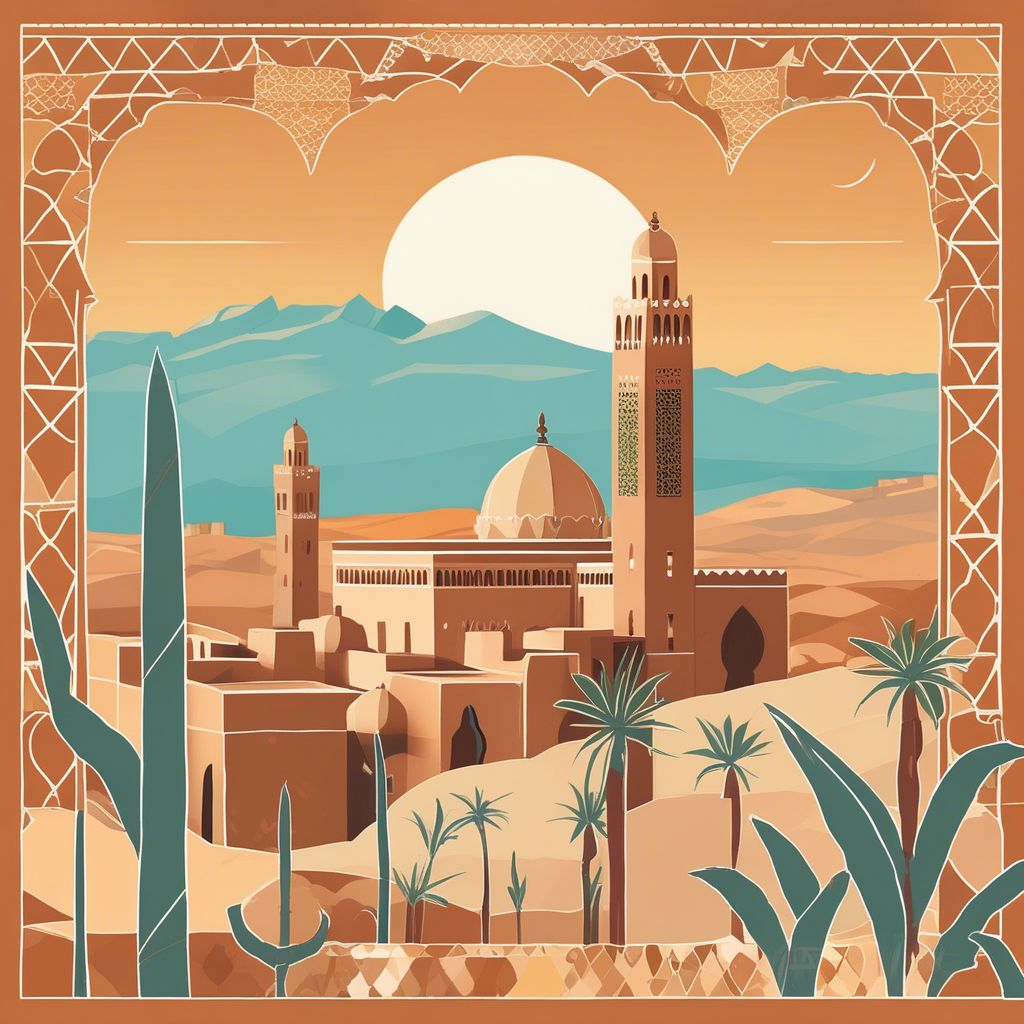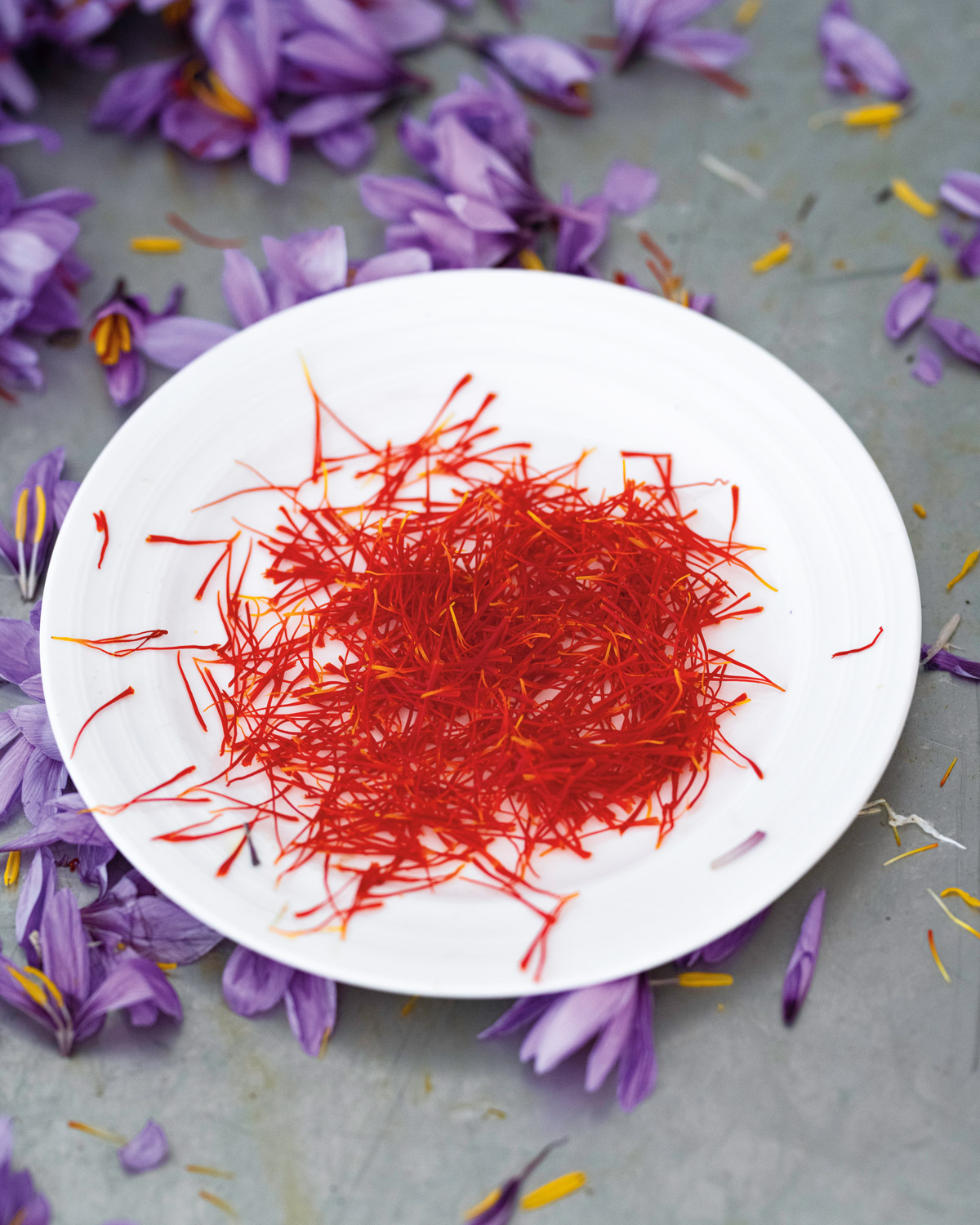- Published on
The Golden Nectar of Taliouine Unveiling the Secrets of Traditional Moroccan Saffron Cultivation
- Authors

- Name
- Adil ABBADI
Introduction
Tucked away in the Anti-Atlas Mountains of Morocco lies the charming town of Taliouine, renowned for its rich cultural heritage and, more notably, its exceptional saffron production. For centuries, the Berber communities of Taliouine have carefully cultivated and harvested this coveted spice, infusing it with love, care, and an unwavering dedication to tradition. In this article, we'll embark on a journey to uncover the secrets of traditional Moroccan saffron cultivation in Taliouine, exploring its cultural significance, traditional practices, and modern relevance.

- Cultural Context
- Traditional Significance
- Modern Relevance
- Cultural Preservation
- Conclusion
- Cultural Call-to-Action
Cultural Context
Saffron, also known as "red gold," has been an integral part of Moroccan culture for centuries. This prized spice was introduced to Morocco by the Arabs in the 9th century and quickly became an essential ingredient in traditional cuisine, medicine, and cosmetics. In Taliouine, saffron cultivation is deeply rooted in the local Berber community, where it's not only a source of income but also a symbol of hospitality, generosity, and prosperity.
Traditional Significance
The traditional saffron cultivation process in Taliouine is a labor-intensive, time-honored ritual that requires precision, patience, and dedication. Berber farmers carefully plant the saffron crocus bulbs in well-drained soil, often in family-owned plots, and tend to them with meticulous care. The delicate flowers are hand-picked at dawn, when the petals are still tightly closed, to preserve their precious stigmas. These stigmas are then carefully extracted, dried, and sorted by hand, resulting in the highest-quality saffron threads.

Modern Relevance
While traditional saffron cultivation practices have endured for centuries, modernization and innovation have also played a crucial role in Taliouine's saffron industry. Local cooperatives and initiatives have been established to support small-scale farmers, improve production techniques, and promote sustainable agriculture. This blend of tradition and innovation has not only enhanced the quality and consistency of Taliouine's saffron but also empowered local communities to preserve their cultural heritage.
Cultural Preservation
Efforts to preserve and promote Taliouine's saffron heritage are underway, with initiatives such as the annual Saffron Festival, which celebrates the harvest season with traditional music, dance, and cuisine. Additionally, local organizations are working to establish a Saffron Museum, which will showcase the history, production, and cultural significance of this revered spice.

Conclusion
The traditional Moroccan saffron cultivation in Taliouine is a testament to the region's rich cultural heritage and the Berber community's unwavering dedication to preserving their traditions. As we delve into the world of this golden nectar, we're reminded of the importance of honoring our cultural roots while embracing innovation and progress.
Cultural Call-to-Action
As you savor the aromatic flavors and vibrant colors of Moroccan cuisine, take a moment to appreciate the rich cultural heritage and traditional practices that have made it possible. Support local, small-scale farmers and cooperatives in Taliouine, and explore the enchanting world of Moroccan saffron.
